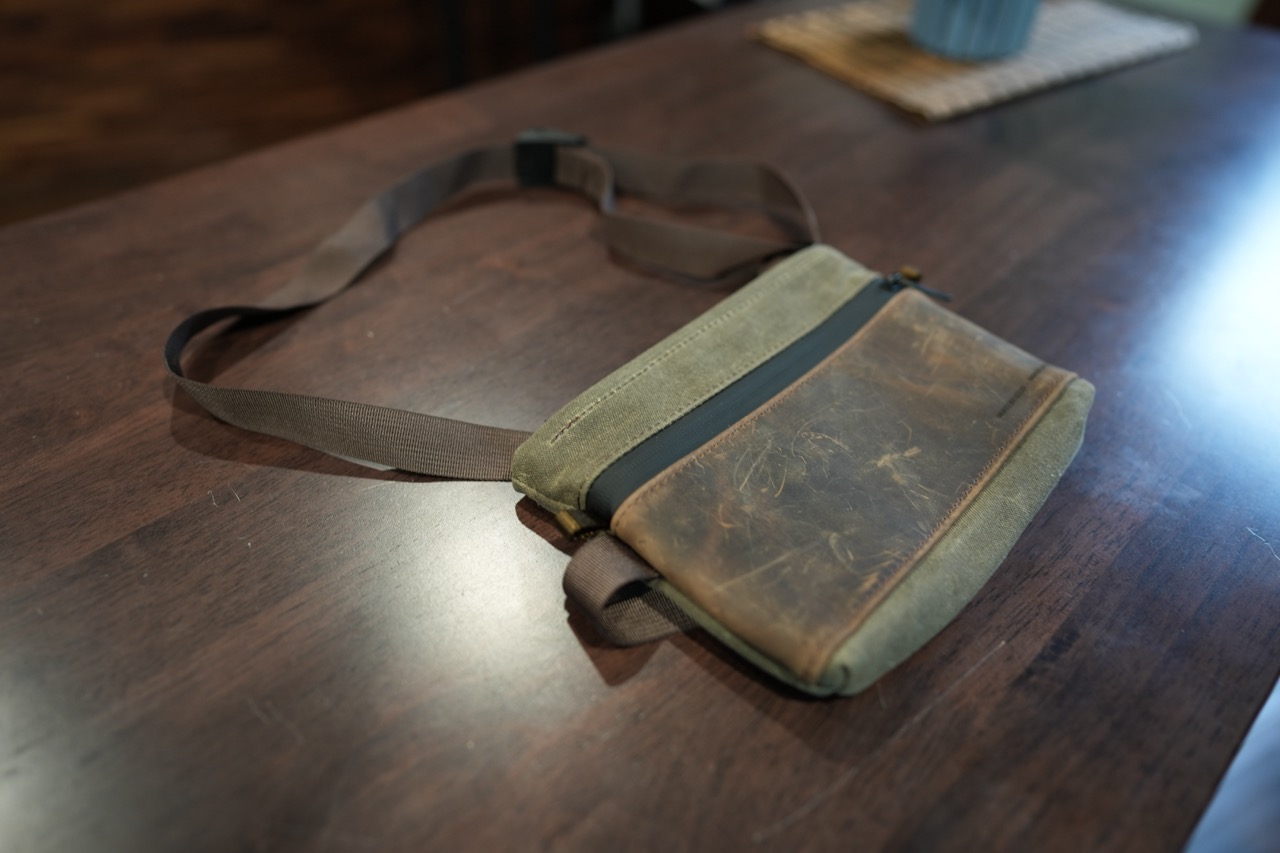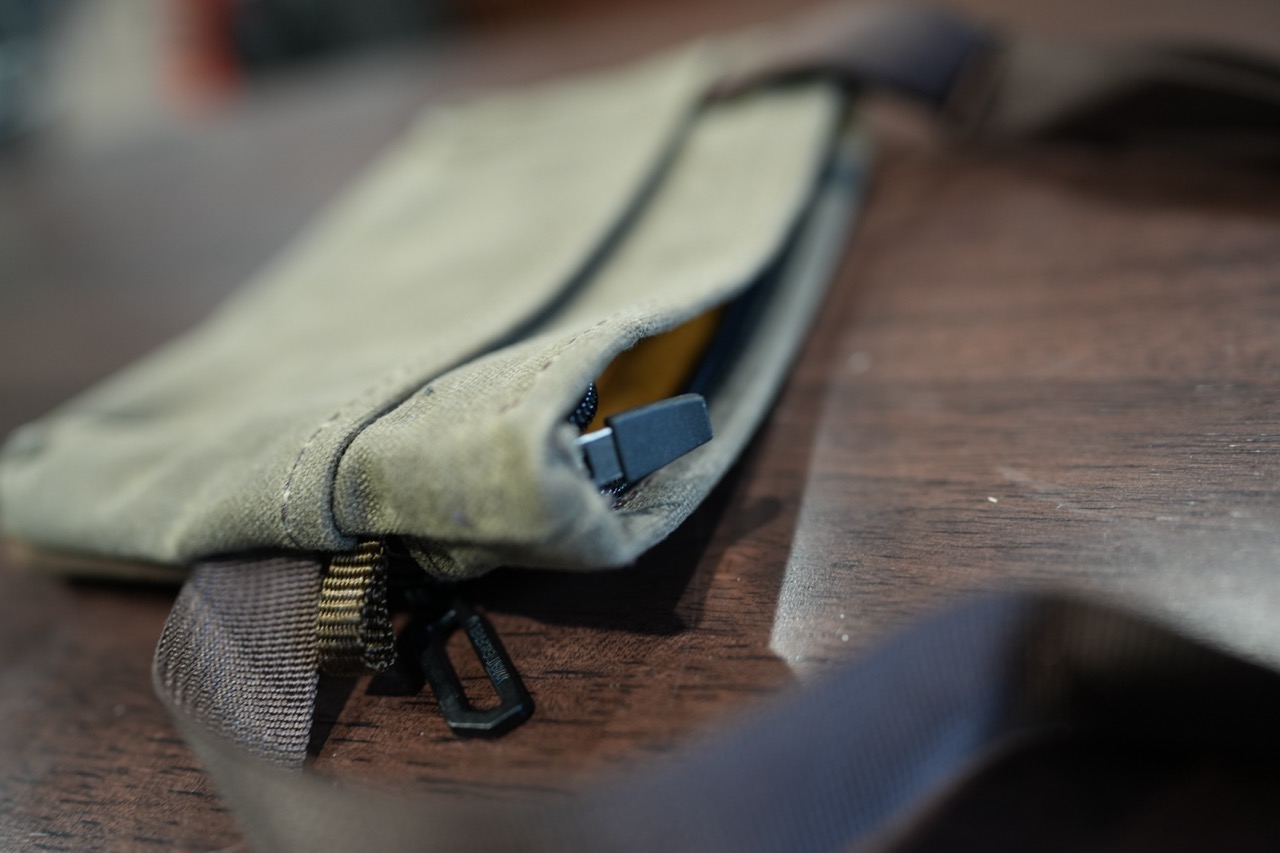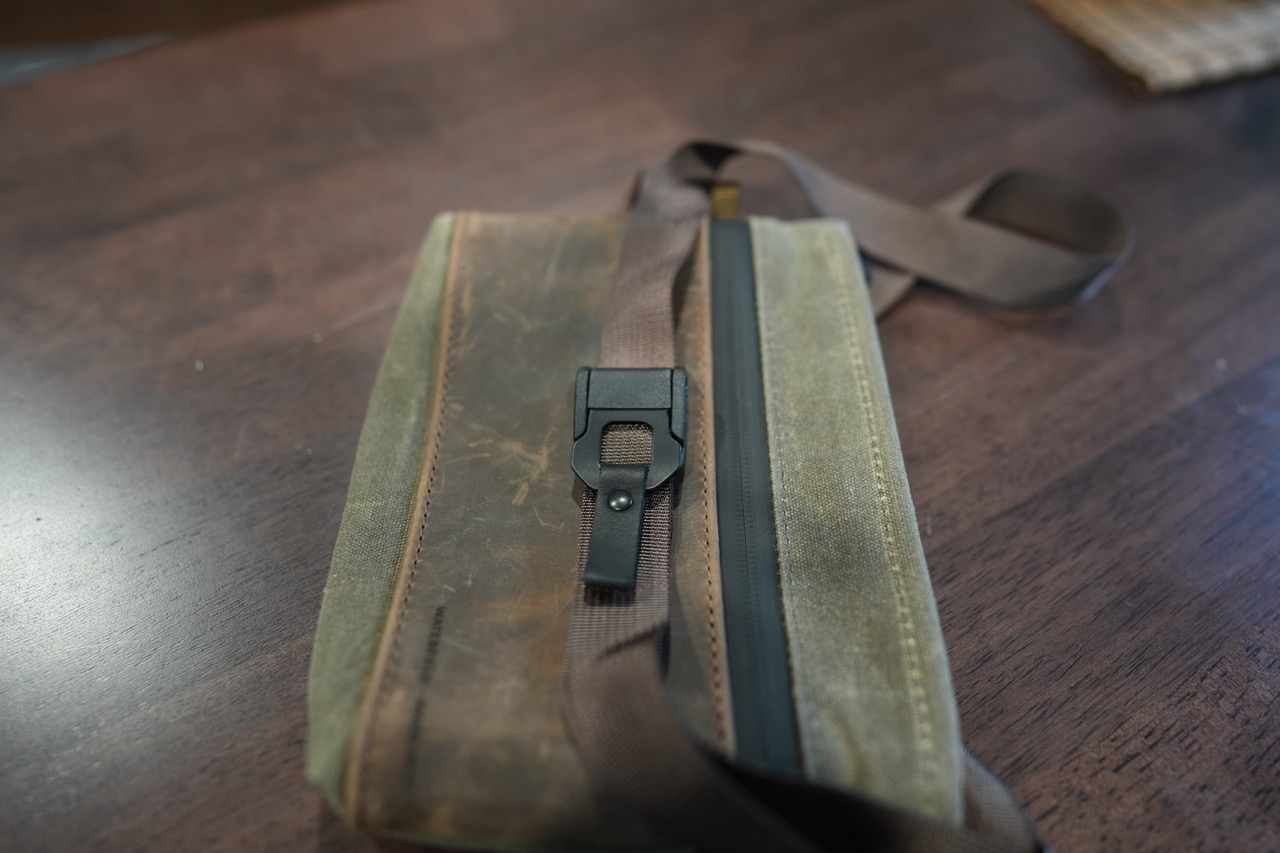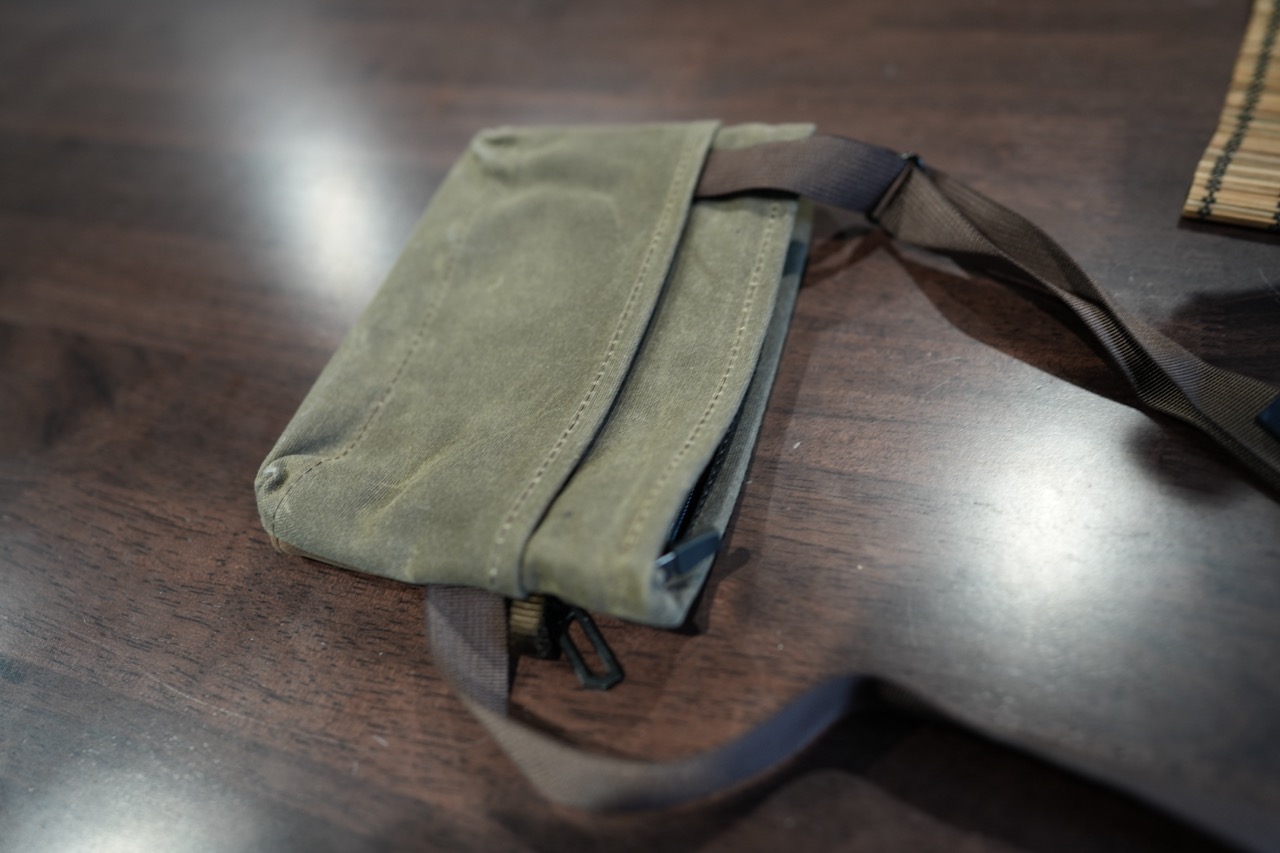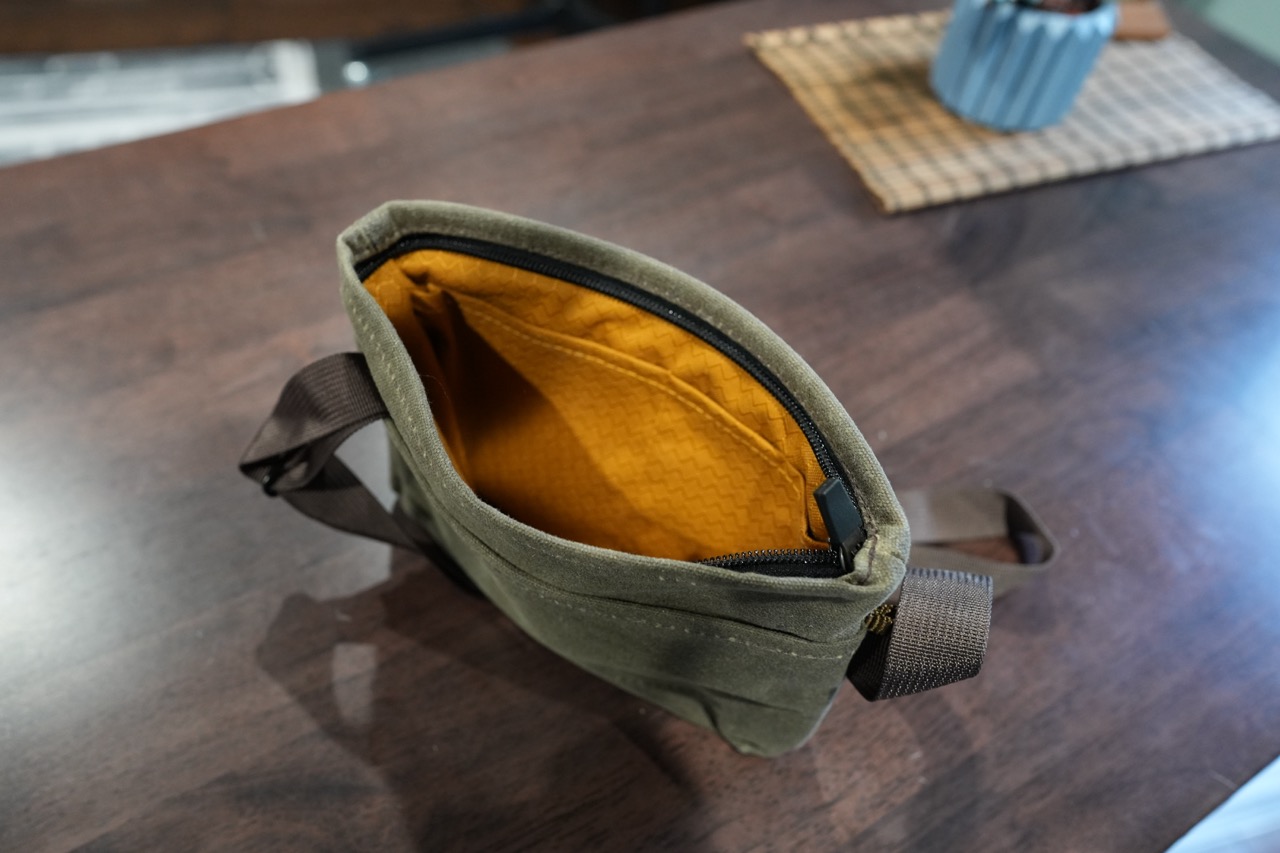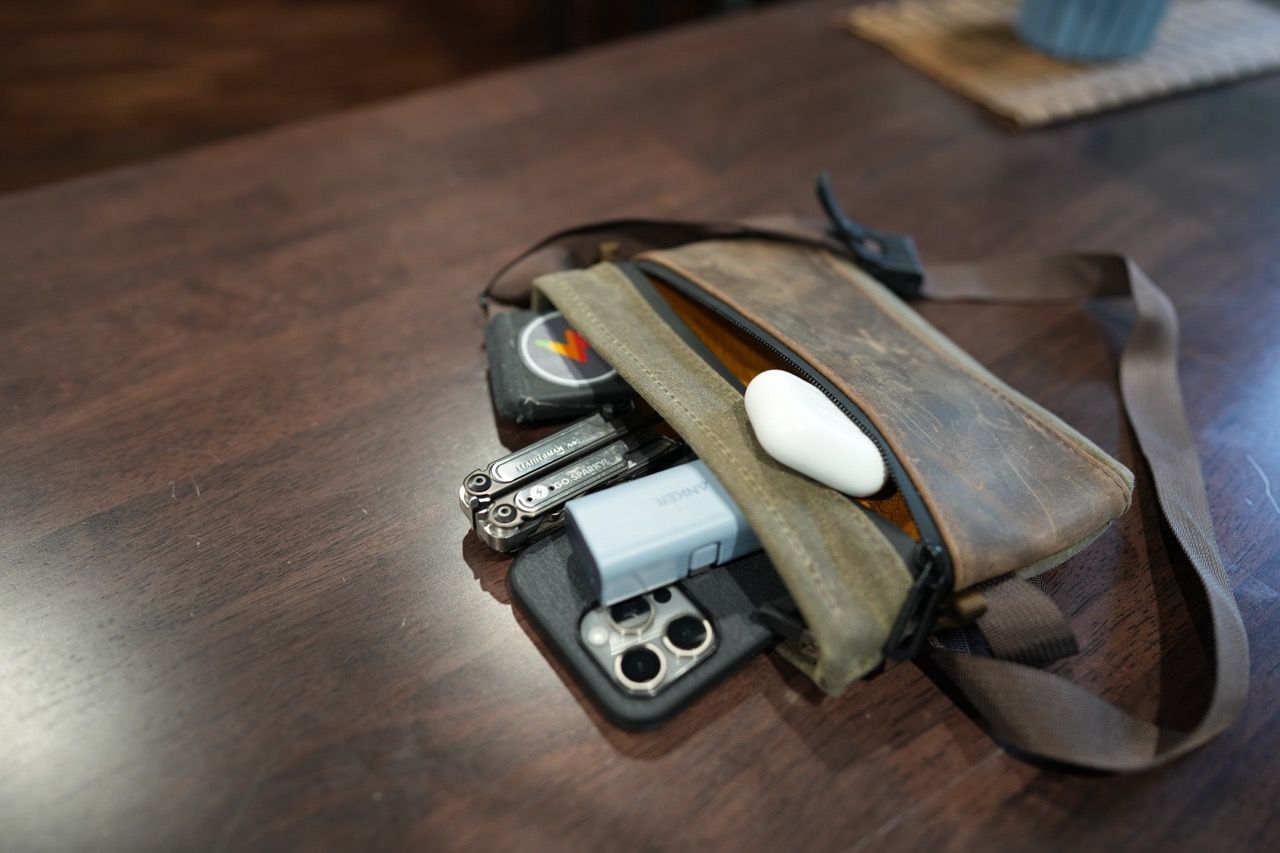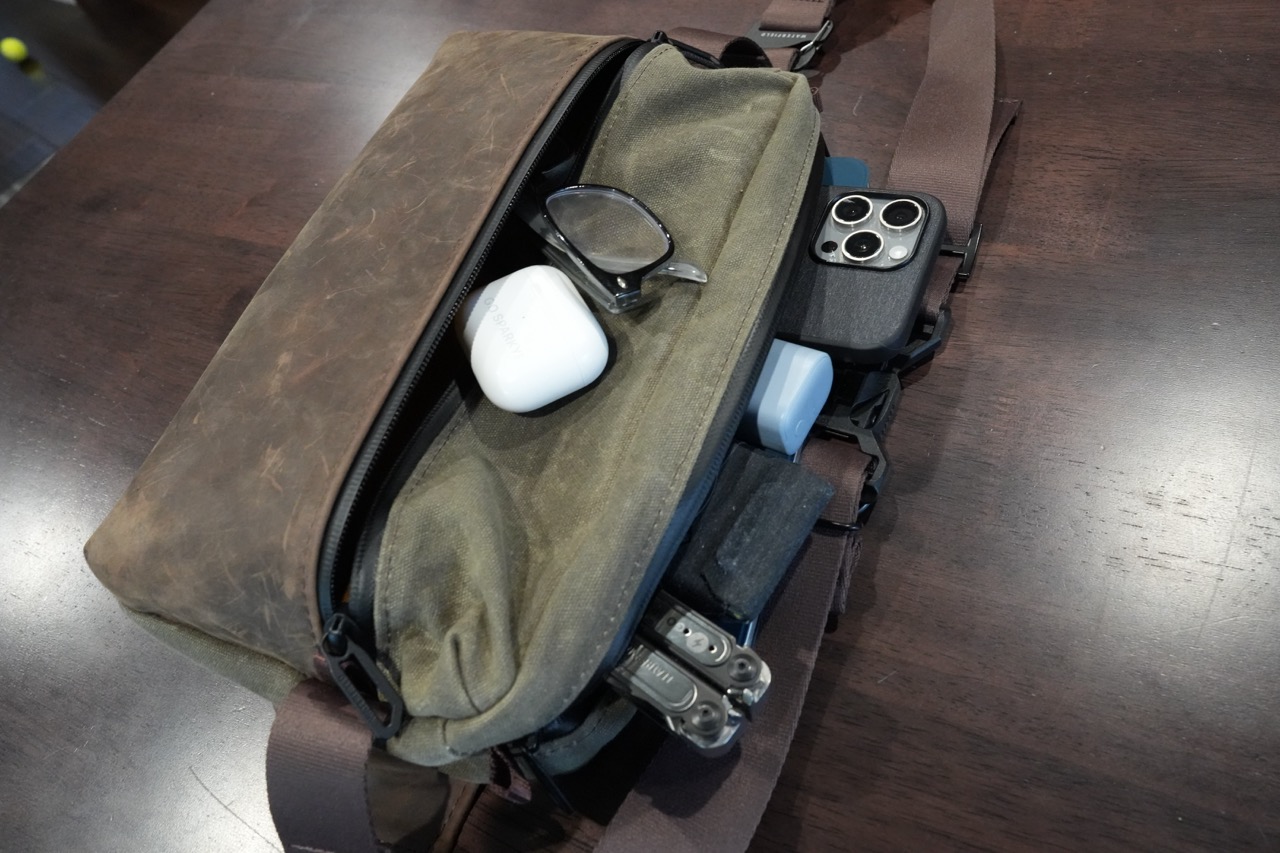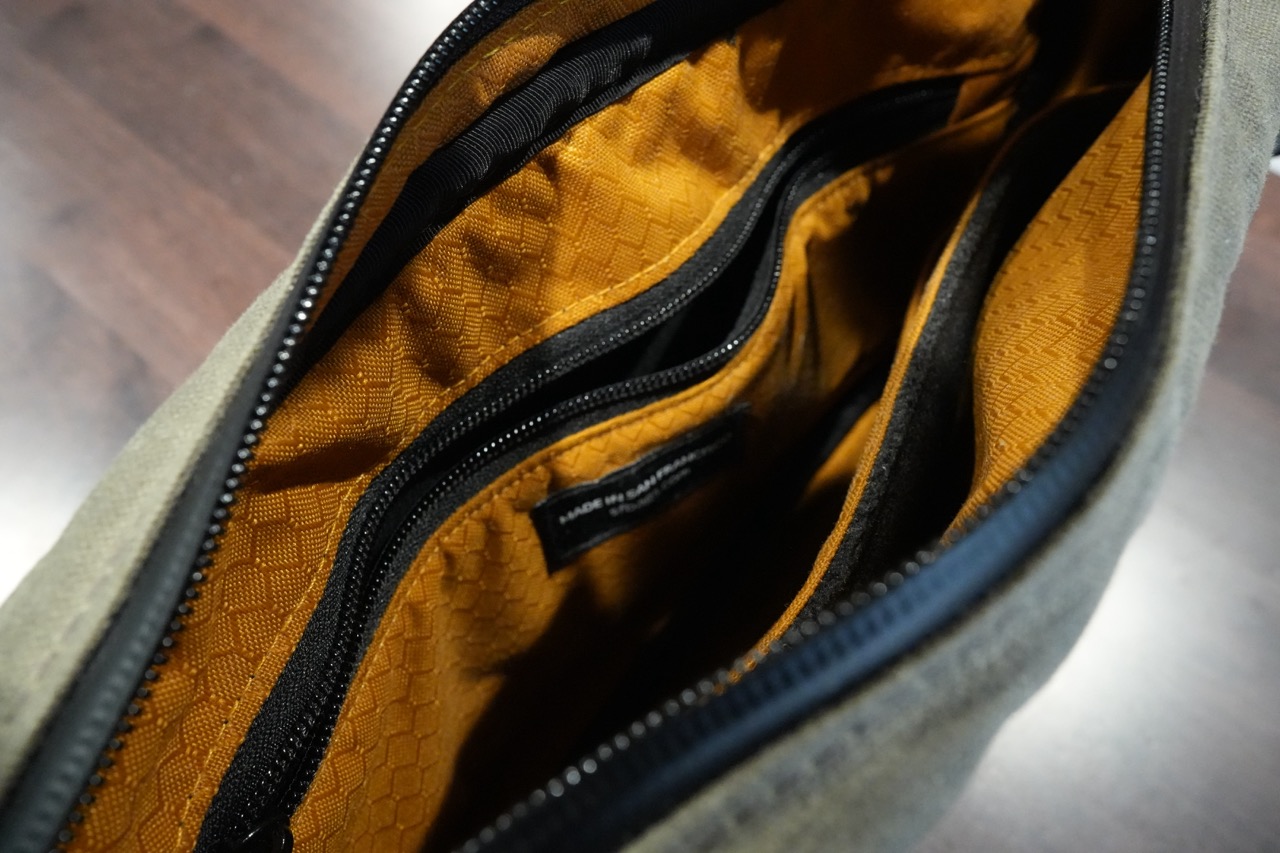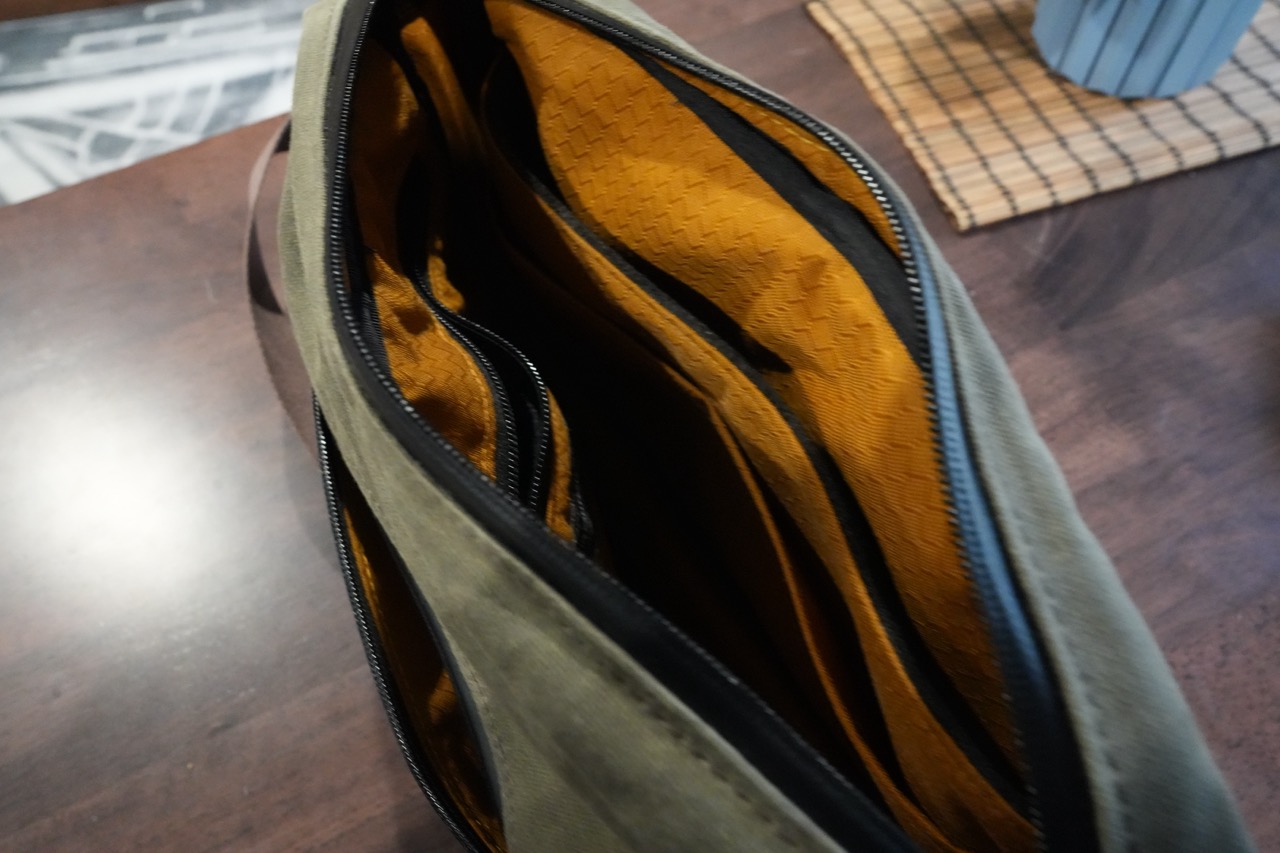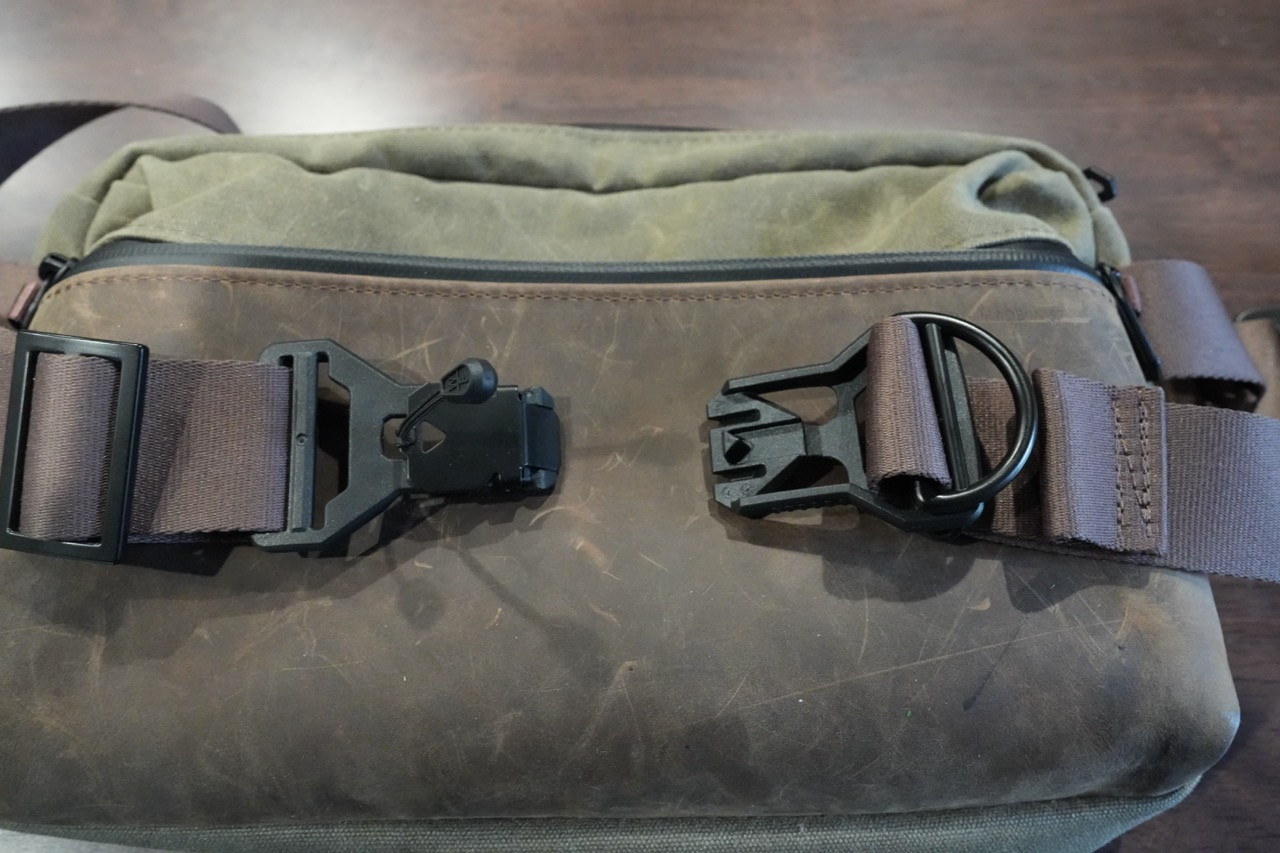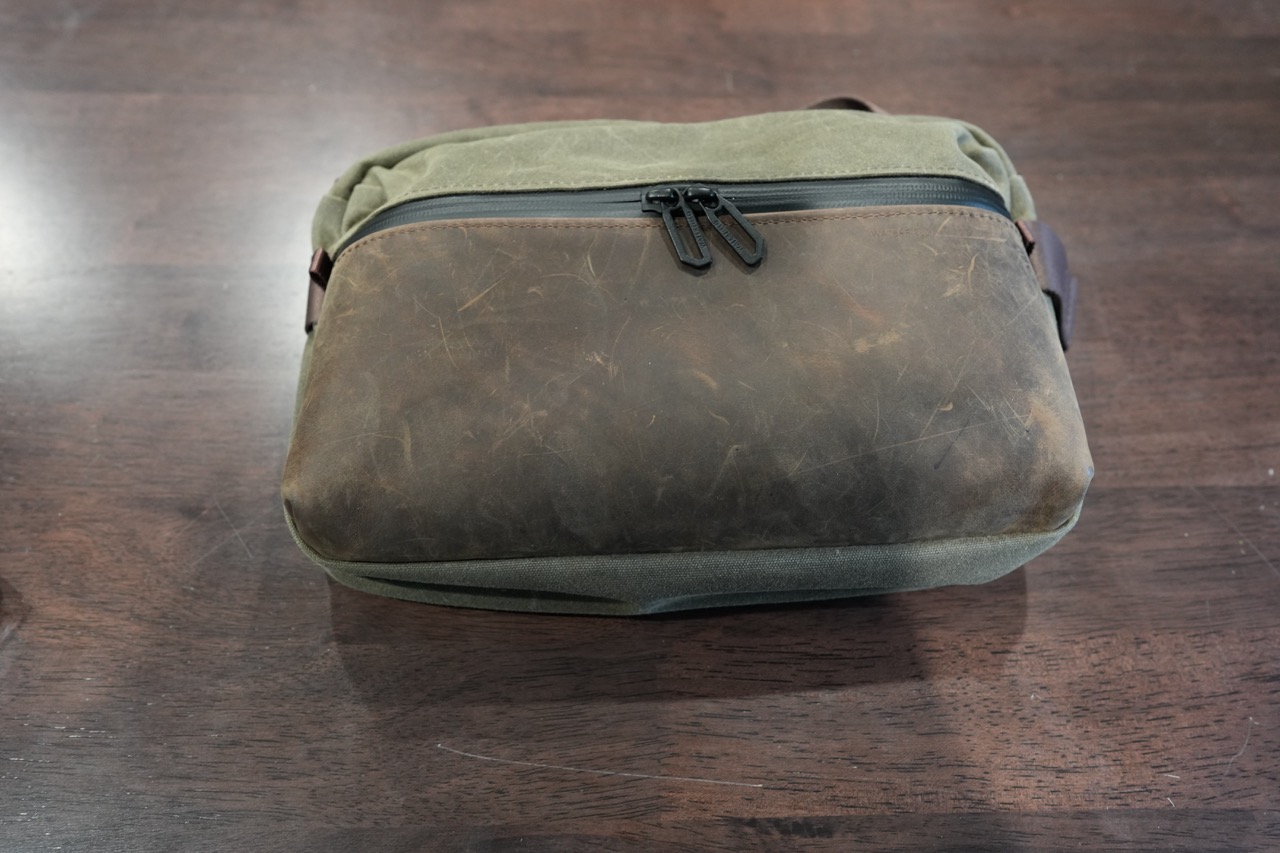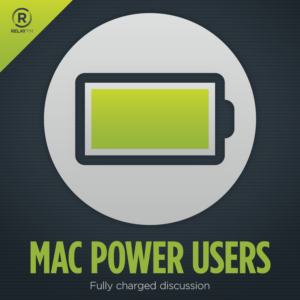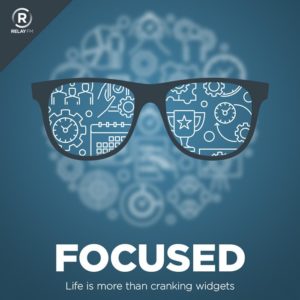I always find Jason Snell’s Six Colors Apple Report Card informative. This week, Jason published the latest edition. The Mac continues to score high, and the iPad continues to plummet. Hopefully, this year is better for the iPad.
The Marqui Cross Body Pouch and Hip Sling Bags from Waterfield
For the longest time, I only carried backpacks. But there’s a problem with that: I call it the “backpack tipping point”. You know what I’m talking about, right? When you are going out for the day and need some stuff with you, but not enough to justify that tipping point of carrying a full backpack. In that case, previously, I’d either have a big backpack with barely anything in it or fill my pants pockets to a point that challenged the laws of physics.
Moreover, the iPad is pretty good these days, and a lot of time, I can get by with an iPad alone when I want to work remotely somewhere, but my 11” iPad is way too small to justify a proper backpack and way too big to fit in my pocket.
I decided to look into my options for bags that are more than my pockets and less than a backpack. This leads me into the nerdy world of everyday carry. There are a lot of bags made these days in this space. Small bags for men are cool again on the endless tick-tock of coolness.
I landed on two specifically from Waterfield, my bag vendor of choice: The Marqui Cross Body Pouch and the Hip Sling Bag.
The Marqui Cross Body Pouch
This is a minimalist bag that slings across your arms and keeps your pockets empty. If I’m going out for a while with a lot of gear (but without an iPad), it’s perfect. It’s a shallow profile and fits nicely under a jacket. In it, I can carry all the day-to-day gear: wallet, keys, pocket knife, phone, cards, and AirPods. I’ve been using it for six months, and I usually put everything in this bag, except for my phone, which goes into the front-left pocket (as it has since 2007).
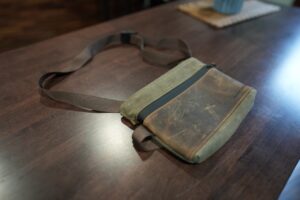

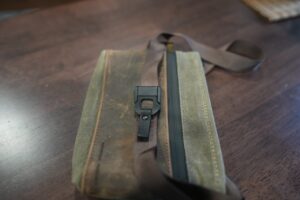
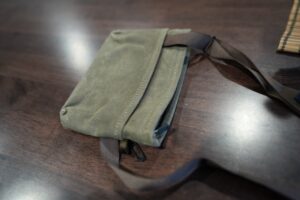
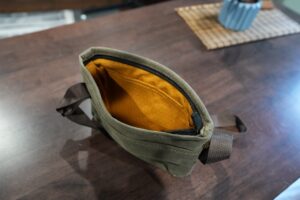

There are two sizes, and I got the bigger one (which could accommodate an iPad mini). You can adjust it to wear a crossbody or as a sling. Waterfield constantly sweats the details; one such detail on both bags is the self-locking YKK zippers. (I could do an entire rant on why you should only buy products – and pants – with YKK zippers.) The Marqui has a single strap with a clever cam-lock adjustment mechanism, making it possible to adjust the length with one hand.
There is a main compartment and a secondary front compartment. Both are easily accessible. Two external loops for hanging keys, flashlights, or whatever else comes to mind. This bag is the antidote for full pockets.
The Hip Sling Bag
This bag is firmly aimed at the midpoint between backpack and pants pockets. This is one of the customer-designed bags in Waterfield’s line. It can be worn as a sling or around your waist. (I have worn it as a sling since I was alive back in the day of fanny packs.) This bag carries everything I can put in the Marqui, plus an 11” iPad Pro with a Magic Keyboard and a bit more.


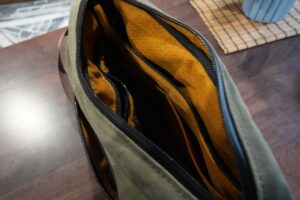

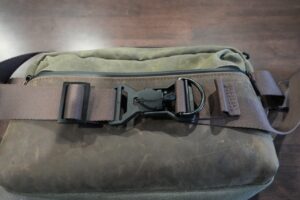
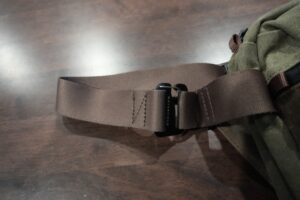
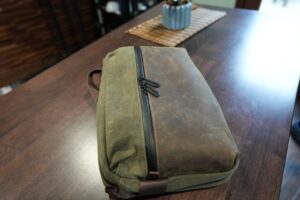
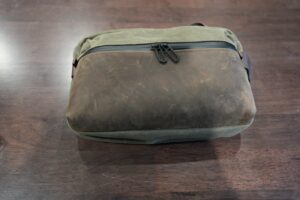
Again, it has a front pocket and a central pocket, but in this case, the main compartment has dividers, and both pockets have double zippers so you can open it from either side.
Most Waterfield bags have some element of delight. In the case of the Hip Sling Bag, it’s the magnetic buckle. It comes off with a simple pull but locks back into place with a satisfying magnetic “snap” just as quickly. This buckle makes it easy to take the bag off or put it back on without feeling like you have to climb into it. Both bags are lined with gold rip-stop fabric for high visibility.
If I had to pick one, it’d be the Hip Sling. It is just so convenient, and it’s the bag I use the most lately. I’m taking a trip in a few weeks for several days and I plan to bring it with me. Though I also use the Marqui when going out sans iPad.
The reason I keep going back to Waterfield is because of the quality. I bought my first Waterfield laptop bag in 2008. I’ve since handed that bag down to a friend, but it is still getting used daily and looks even better than it did when it was new.
I’ve had these bags for several months now, and they serve the job exactly as I’d hoped. Now, I can leave the house with a relatively light load but still with everything I need. I no longer have to worry about the backpack tipping point. Generally, I keep the Hip Sling preloaded and leave the house with it often. Below, I am using it at my remote office.
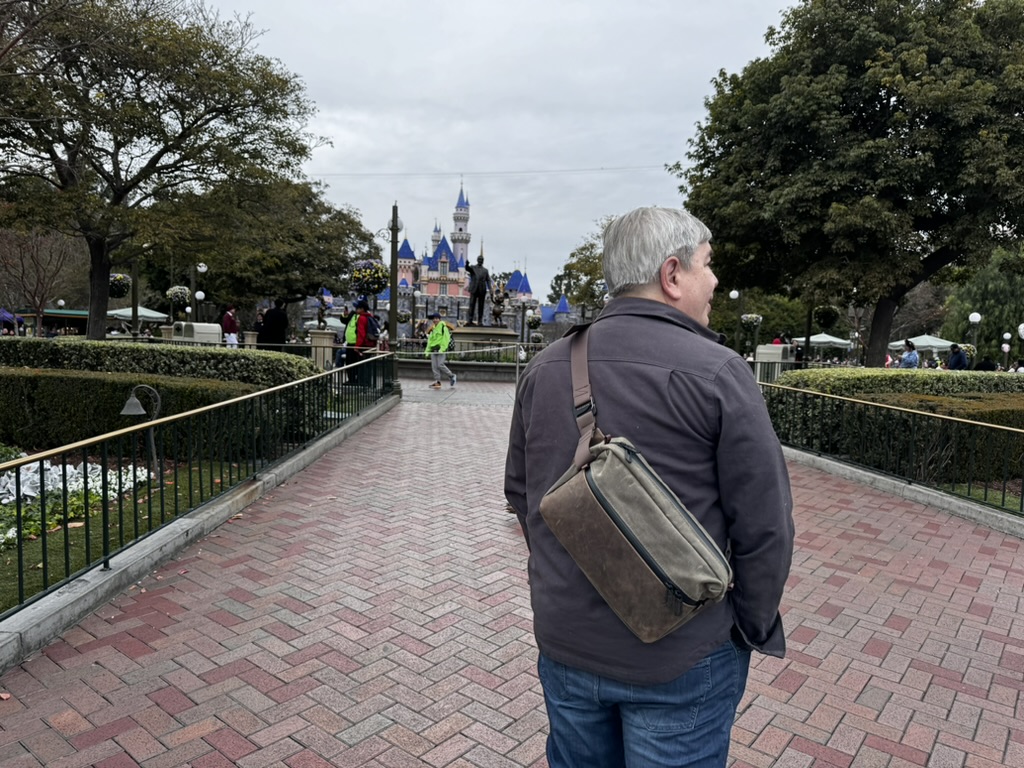
Getting More From the Mac’s Globe Key
Over the years I’ve become a fan of the Mac’s Globe key and all that it can do. In this video I share my tricks for getting the most out of this strange little key.
… This is a post for MacSparky Labs Members. Care to join? Or perhaps you need to sign in?
Mac Power Users 732: Catching up with Mike Vardy
Mike Vardy drops by Mac Power Users to talk about the journey behind his upcoming book, his love of the Freewrite family of products, and how he runs his growing online business.
This episode of Mac Power Users is sponsored by:
- 1Password: Never forget a password again.
- Squarespace: Save 10% off your first purchase of a website or domain using code MPU.
- Ecamm: Powerful live streaming platform for Mac. Try it for free today.
The Lab Report for February 16, 2024
It’s time for the Lab Report, covering this week’s Apple news, rumors, and more… This is a post for MacSparky Labs Members. Care to join? Or perhaps you need to sign in?
Vision Pro Notes: Media Consumption
This is the third part of my series on early notes from the Vision Pro. This one is focused on media consumption—earlier entries covered the hardware and interface and productivity.
- Media consumption with photos and videos is fantastic. There’s nothing like it. Watching movies on it is even better. I’ve never had a particularly good home theater system. Now I do.
- I started by watching Moana in the Disney+ app in their theater environment. It is like having your own movie theater. I got so absorbed in the movie’s climax that I teared up a bit. Since I couldn’t wipe my eyes with the Vision Pro, it made me cry a bit, but the story about watching Moana and coming to tears without being able to wipe my eyes, my light seal cushions got wet, which was kind of funny. Hippie.
- 3D videos are impressive, but at this point, more like a demo. When I have older videos of my family, they’ll start ruining light seals like Moana did.
- Panoramas look great. I will be shooting a lot more of them going forward. I can tell newer vs. older panoramic photos based on their fidelity. I want to be able to make some of them the equivalent of a background wallpaper so I can put apps in front of them. My guess is Apple is more focused on Environments.
- I watched a Netflix show in Safari. It was also great, but app-specific media is better.
- The big asterisk with media consumption is that it is a solitary experience. There are shows I watch without my family, and it’s great for that. The device does not enable any joint viewing experience.
SoundSource: Sound Control So Good, It Should Be Built Into macOS (Sponsor)
This week, MacSparky is sponsored by SoundSource, a utility I use daily. The problem with the Mac’s native sound controls is that they are designed for people who need them once every few years. If you need to adjust your sound settings more than that, you need SoundSource.
SoundSource is the sound settings controller that should be built in. Whether you listen to podcasts, blast music, or stream video, SoundSource is for everyone who uses audio on their Mac. It gives you per-app audio control, letting you change the volume of any app and route individual apps to different audio devices. Mute your browser, or send music to one set of speakers and everything else to another.
It doesn’t just give you sources; it also lets you apply effects to any audio on your Mac. Boost volume levels, add an equalizer, and even apply Audio Unit plugins. SoundSource also provides fast access to your Mac’s audio devices, so there’s no need to dig around in System Settings when you need to adjust things.
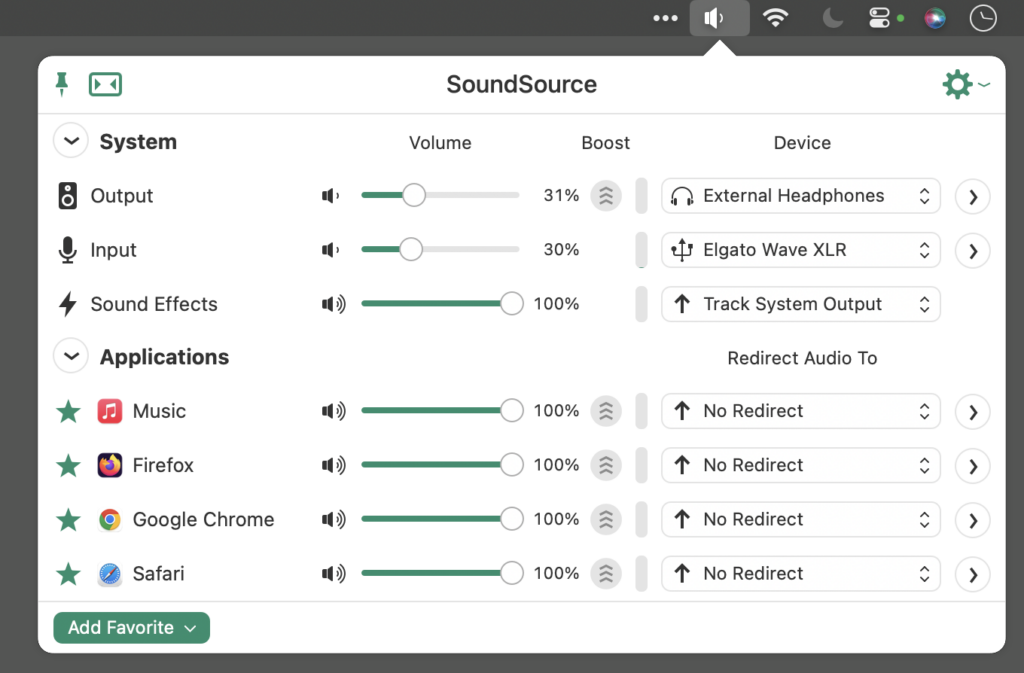
If you have a DisplayPort or HDMI device that fails to offer volume adjustment, SoundSource can help there, too. It gives those devices a proper volume slider, and the Super Volume Keys feature also makes your keyboard volume controls work. And the best part is you don’t have to click through cryptic preferences boxes. With SoundSource you get all of these tools right in your menu bar.
And don’t forget, SoundSource is from Rogue Amoeba, which is the authority for sound processing on your Mac.
Best of all, through the end of February, MacSparky readers can save 20% by purchasing with coupon code SOUNDSPARK20. Learn more and download a free trial on the SoundSource site.
Focused 197: Feel Good Productivity
Join Mike and me on this episode of Focused as we consider the role of happiness and joy in meaningful productivity.
This episode of Focused is sponsored by:
- Vitally: A new era for customer success productivity. Get a free pair of AirPods Pro when you book a qualified meeting.
- Nom Nom: Healthy, fresh food for dogs formulated by top Board Certified Veterinary Nutritionists. Prepped in our kitchens with free delivery to your door. Get 50% off.
- Squarespace: Save 10% off your first purchase of a website or domain using code FOCUSED.
- Indeed: Join more than 3.5 million businesses worldwide using Indeed to hire great talent fast.
Vision Pro Walk-through
I’ve heard from several Labs members asking for a basic Vision Pro walk-through.
… This is a post for MacSparky Labs Members. Care to join? Or perhaps you need to sign in?
Vision Pro Notes: Productivity
Yesterday, I wrote my notes about the Vision Pro hardware and its interface. Here are my notes on productivity:
- visionOS has roots in iPadOS, and it shows. You’ll be disappointed if you are looking for a Vision Pro to replace a Mac.
- Instead, I’ve focused on ways Vision Pro is superior to the Mac for productivity, like my writing cabin.
- Vision Pro is very good at keeping me isolated for focused work. I can already be productive with the device where that focus matters.
- We don’t have enough environments to get the most out of that last point.
- I found an attached Bluetooth keyboard a big help. I use a connected trackpad much less, but it also can come in handy.
- That said, dictation is much better than it used to be, and don’t forget to use it with the Vision Pro.
- Fantastical is a stand-out app. Putting up your calendar and make it the size of the wall is pretty damn cool. It works particularly well for the big picture of monthly, quarterly, and yearly use. I’ve got a massive version of my monthly calendar installed on my ceiling. As I think about next month, I can look at the ceiling to see what’s on deck.
- MindNode Next is also an interesting early entry. It’s a mind-mapping app but also a brainstorming app where you can locate ideas in space.
- Ideation development (like MindNode) is an excellent use case for Vision Pro. Apple’s Freeform could also serve in this capacity, but it’s not yet there. My experiments continue.
- If you want to capture a lot of text, try Aiko, an AI-based transcription tool. You just hit the record button, which converts the recording to text with the Whisper AI engine. I checked with the developer, who reports all work is done on-device.
- Mac display mode acts as an escape hatch, but I don’t see it replacing monitors for extended work sessions. It makes tons of sense to have a big display attached to a laptop in a hotel room or to give you the ability to move your desktop Mac display to a different room, though.
- We are in early days for the productivity question on Vision Pro. There are still many workflows to be explored and apps to be released.

